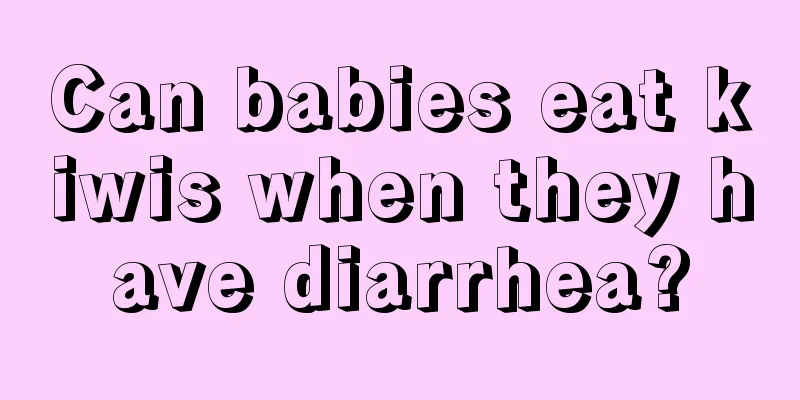What to do if your baby has candida infection

|
Candida is suitable for a wide range of people. Basically all people may be infected. Once infected with this disease, we should take measures. However, the measures for some special groups are different from those for ordinary people. Some people may get this disease, and you may not know what to do. Babies can also get Candida, so what should we do if our babies are infected with Candida? Candidiasis is a fungal disease caused by Candida species, especially Candida albicans. The pathogen can invade the skin and mucous membranes, and can also affect the internal organs. The syndromes are usually classified by site of involvement; the two most common syndromes are mucocutaneous candidiasis (eg, oropharyngeal candidiasis or thrush, esophagitis, and vaginitis) and invasive or deep-organ candidiasis (eg, candidemia, chronic disseminated or hepatosplenic candidiasis, endocarditis, etc). In most patients, candidiasis is an opportunistic infection. If white spots appear on the baby's oral mucosa without pain, consider that it is thrush caused by Candida infection. If the child is diagnosed with thrush caused by Candida infection, if nystatin cannot be used for facial treatment, sodium bicarbonate injection can be used for rubbing and cleaning. In the baby's case, you can also fry garlic until it turns slightly yellow, and then apply garlic oil to treat it. It is best to use sesame oil. Oral Candidiasis in infants is also known as thrush. In severe cases of thrush, the inside of the mouth of a child is like white snowflakes, which block the throat and affect breathing. The child will become irritable and refuse to eat. suggestion: 1. You can take local medication: grind nystatin into powder and mix it with cod liver oil drops, apply it on the wound, use it once every 4 hours, and the effect is significant. 2. Children with severe symptoms can take some antifungal drugs orally, such as nystatin or clotrimazole, for comprehensive treatment. 3. Pay attention to food hygiene in daily life, keep tableware and food clean, and use bottles, nipples, bowls and spoons for one person only. Wash them with alkaline water after use and boil them to disinfect. Breastfeeding mothers should wash their hands and clean their nipples before each feeding. 4. Pay attention to the nutritional supply of the baby. Choose foods that are easy to digest and absorb and rich in high-quality protein, and appropriately increase the supply of vitamins B and C, such as animal liver, lean meat, fish, fresh vegetables and fruits. |
<<: Why is my baby's urine a little red?
>>: Children's total bilirubin is high
Recommend
How do children grow taller during puberty?
Now, many parents are worried about one issue. Th...
What to do if your baby has eczema and peeling?
Some babies have peeling due to eczema, which ser...
What to do if your baby farts and cries
Farting is a normal physiological reaction of the...
What should I do if my three-month-old baby has not defecated for four days?
My baby is 3 months old, but he hasn't had a ...
What to do if your baby doesn't drink water
I recently went home to visit my little niece, an...
What are the effects of blue light exposure on children?
Blue light therapy is an important treatment opti...
What should I do if my child doesn't grow taller?
When parents see that other people's children...
5-year-old child grinding teeth at night
We often see people grinding their teeth while sl...
I eat milk powder and I don't poop and I fart a lot
We all know that many babies cannot eat breast mi...
What causes children to keep coughing?
Children often cough, and many parents think it i...
Hand, foot and mouth disease crying at night
After the onset of hand, foot and mouth disease, ...
What to do if the baby doesn't want to eat complementary food?
There are many babies who are very picky when the...
How much is a child's height genetic?
In addition to facial features, height also occup...
What to do if a boy has inverted nipples
When we talk about inverted nipples, we often thi...
What medicine should I apply to my baby's red buttocks?
When babies are young, parents usually hold their...









